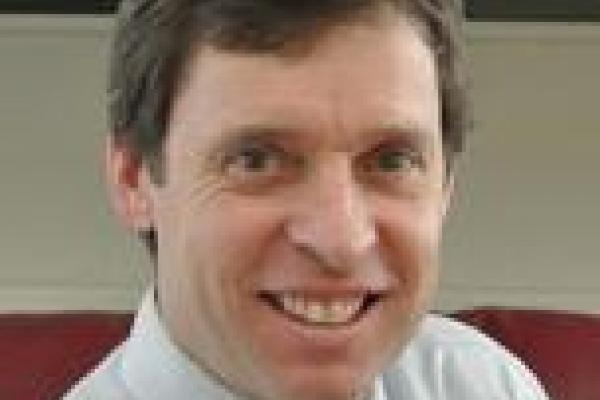
The most studied quantum phase transition in Condensed Matter Physics is, arguably, the superconductor to insulator transition (SIT). Its popularity derives from its ubiquity, accessibility and straightforward phenomenology. Virtually all superconductors that have two dimensional electronic characteristics can be tuned from a superconducting state with zero resistance to an insulating state with infinite resistance in the zero temperature limit. The tuning parameters employed like film thickness, magnetic field or chemical doping, appear in the many body Hamiltonian, which renders the SIT a quantum phase transition.
In all cases, the superconducting many body wave function consists of Cooper pairs of electrons with long range phase coherence. On the other hand, the make up of the insulating phase can vary significantly. In one extreme it can be a Fermi insulator if the Cooper pairs break into single electrons at the SIT. In the other extreme, it can be a Bose insulator if the Cooper pairs remain intact but lose long range phase coherence at the SIT. Recent experimental advances have defined characteristics of the latter phase, the Bose Insulator, making it easier to distinguish it from the Fermi insulator. I will describe these advances and unique characteristics of boson transport like giant magnetoresistance and local phase coherence. I will describe how we can craft a Bose insulator out of a superconductor that nominally exhibits a Fermi insulator.
